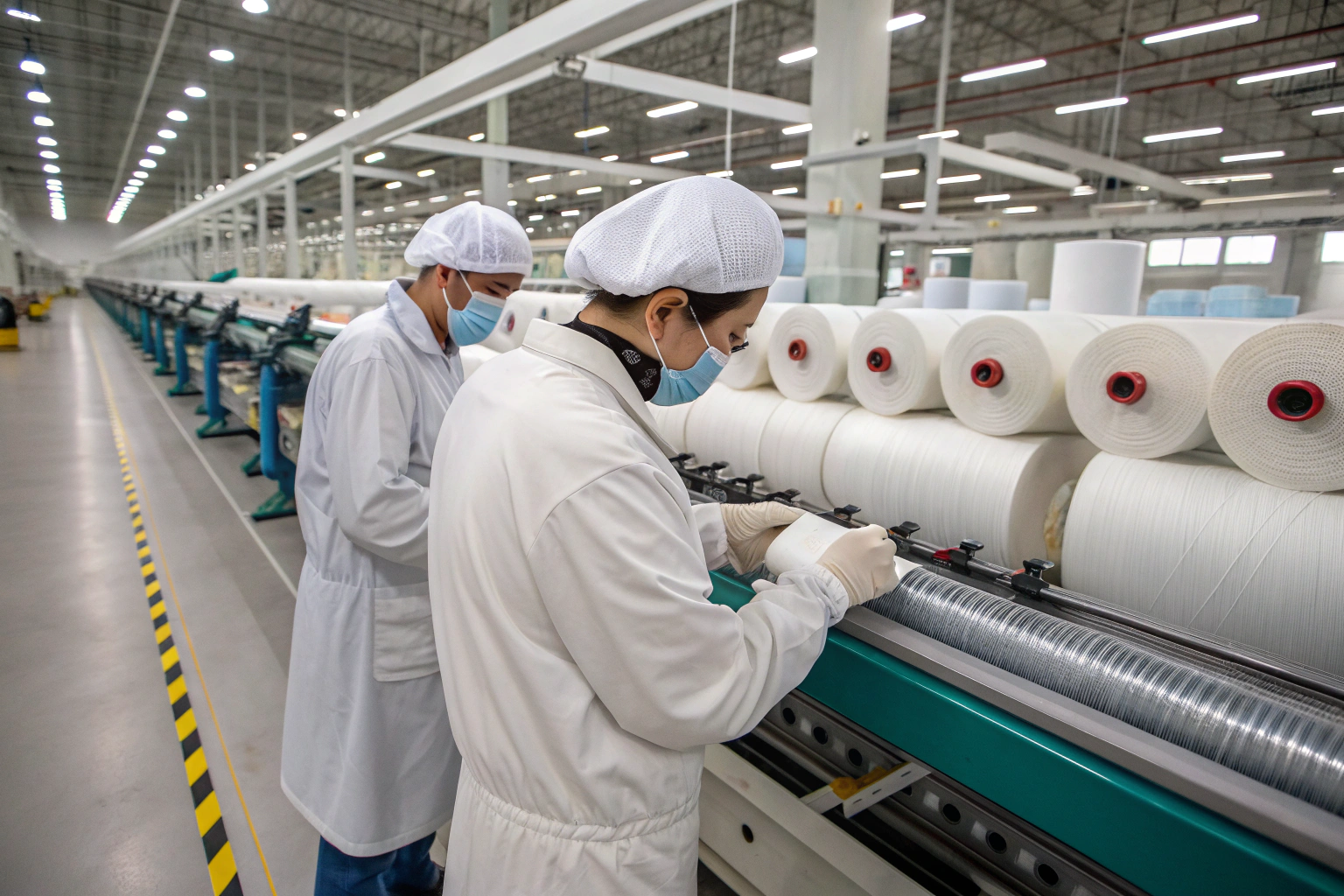Cut-resistant gloves are a cornerstone of worker safety in industries ranging from construction and metalworking to logistics and food processing. For international buyers, sourcing ANSI/ISEA 105-2020 certified glove materials is not just about product quality—it’s also about meeting compliance, ensuring steady supply, and achieving cost efficiency. This article explores the essential factors global buyers need to understand before sourcing cut-resistant fabrics, from performance levels and raw material choices to supplier selection and global certification standards. By the end, you’ll know how to confidently identify reliable partners in China’s textile hub, ensuring both safety and business growth.
What Are ANSI/ISEA 105-2020 Cut Resistance Levels?
Understanding ANSI/ISEA 105-2020 cut resistance levels is the first step in making informed sourcing decisions. The standard defines nine levels (A1 to A9) based on the amount of weight in grams needed to cut through material with a standardized blade test.
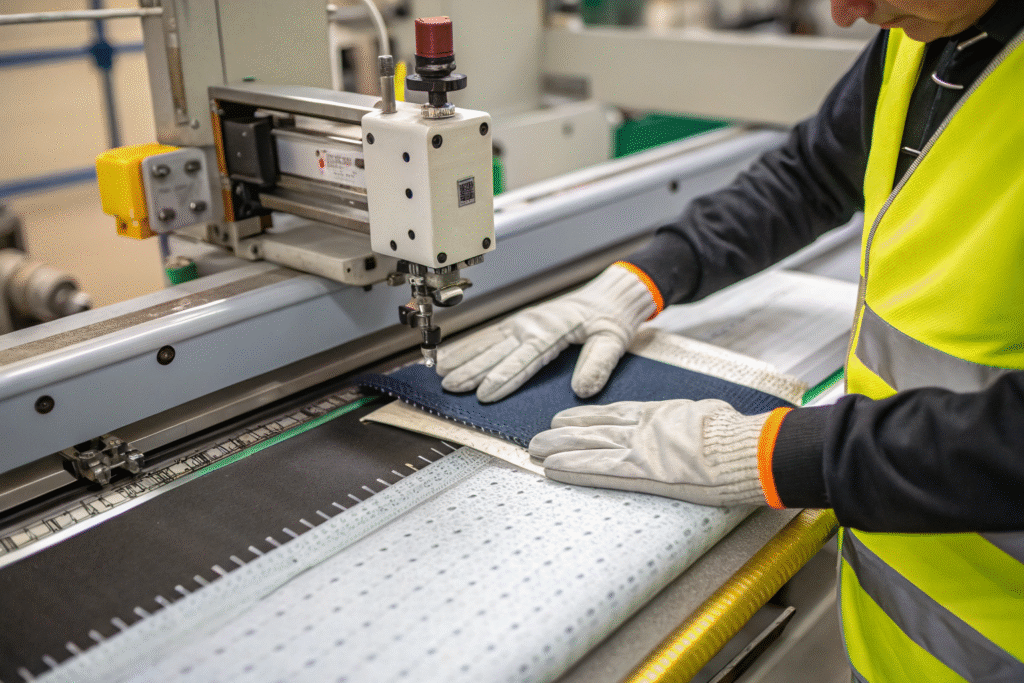
How the Cut Levels Work
Each level represents a range of grams required to penetrate the fabric. For example, Level A1 offers minimal protection (200–499 grams), suitable for light tasks, while Level A9 indicates extreme protection (6000+ grams), designed for industries such as glass handling or heavy metal fabrication. Buyers should align the level with the intended use. For instance, warehouses may require A3, while steel manufacturers often demand A6 or higher. A detailed overview of the standard is available on the ISEA website.
Why Buyers Should Care
Global buyers, particularly from the U.S. and EU, prioritize compliance with OSHA and EN 388 standards. ANSI/ISEA 105-2020 aligns closely with European benchmarks, ensuring smoother market access. If you want to compare with international standards, visit OSHA’s PPE guidelines.
Best Materials for Cut-Resistant Gloves in Manufacturing
Selecting the right raw material determines both safety performance and comfort. Manufacturers today rely on a mix of high-performance fibers and innovative blends.
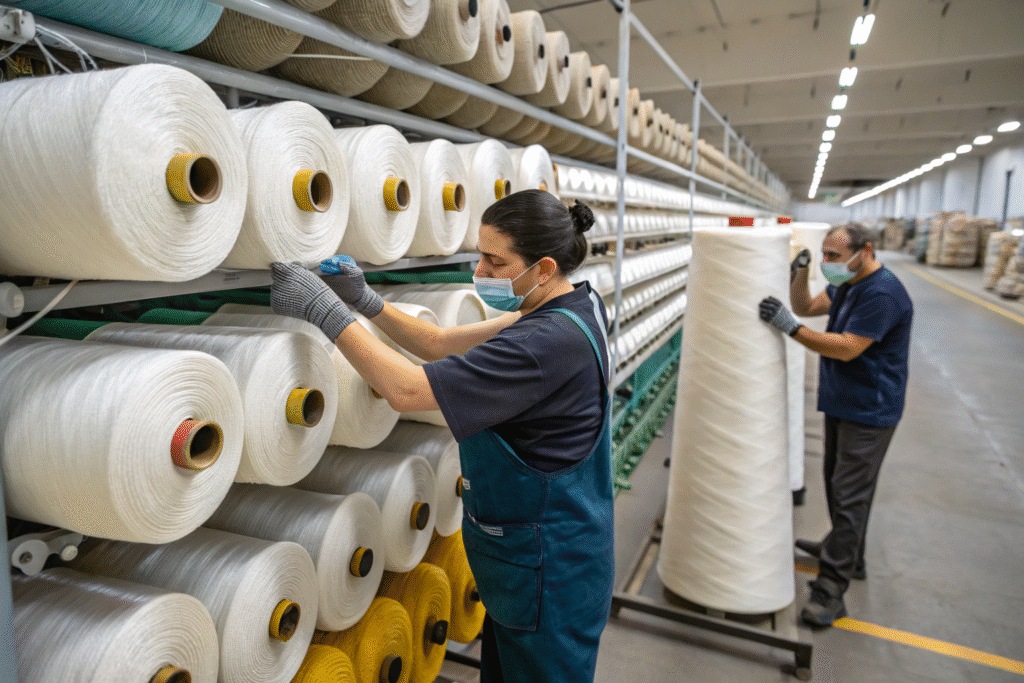
High-Performance Fibers
The most common cut-resistant glove fabrics include Kevlar, HPPE (High-Performance Polyethylene), and Dyneema. Kevlar is known for its exceptional heat resistance, while HPPE is lightweight yet extremely strong, making it ideal for long working hours. For detailed fiber data, check DuPont’s Kevlar overview.
Innovative Blends
Blended materials such as HPPE with steel wire, or Kevlar with fiberglass, significantly enhance cut resistance without compromising dexterity. These blends are especially popular in food processing, automotive, and metal industries. Buyers can explore specifications at DSM Dyneema resources.
How to Choose Reliable Suppliers from China?
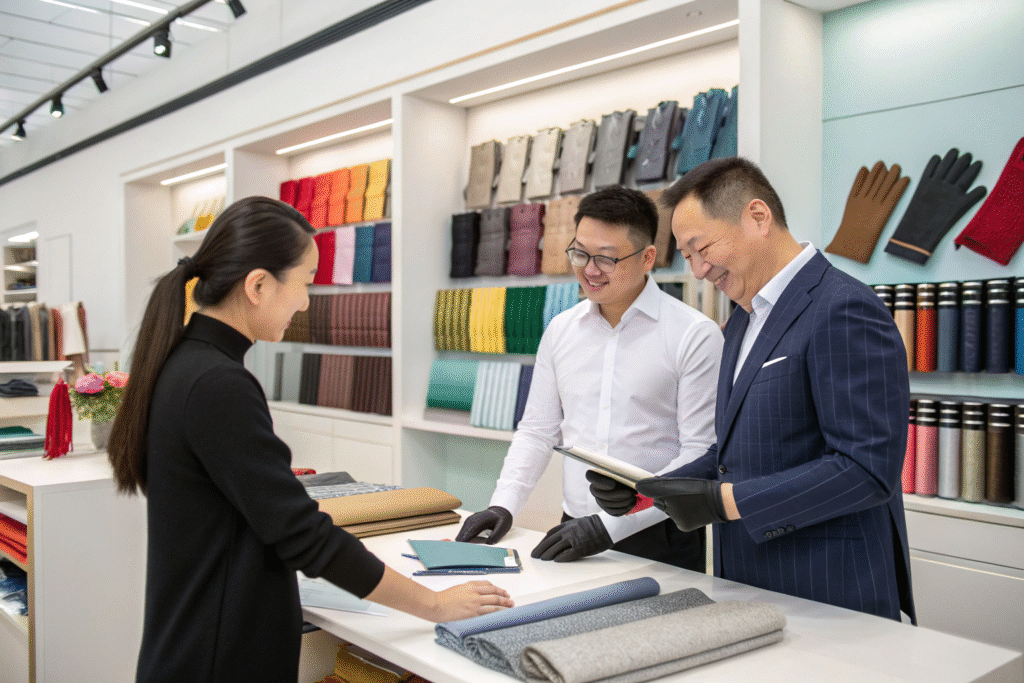
China, particularly Keqiao in Zhejiang, is the largest textile hub in the world. Choosing a trustworthy supplier ensures you get consistent quality and certification compliance.
Supplier Verification
Before placing bulk orders, buyers should check whether factories have CNAS-accredited testing centers and certifications like SGS or ITS. Transparent quality reports with QR-code tracking are key indicators of professionalism. A useful reference for global buyers is SGS testing services.
Negotiating Terms
Reliable suppliers not only provide strong technical fabrics but also offer competitive logistics, flexible MOQs, and clear payment terms. Leveraging platforms such as Alibaba Sourcing allows buyers to verify supplier profiles, transaction history, and export capacity before committing.
Do Cut-Resistant Fabrics Meet Global Safety Standards?
Meeting global compliance standards is non-negotiable for cut-resistant glove materials. Buyers must ensure that sourced fabrics align with ANSI/ISEA, EN 388, and other regional certifications.
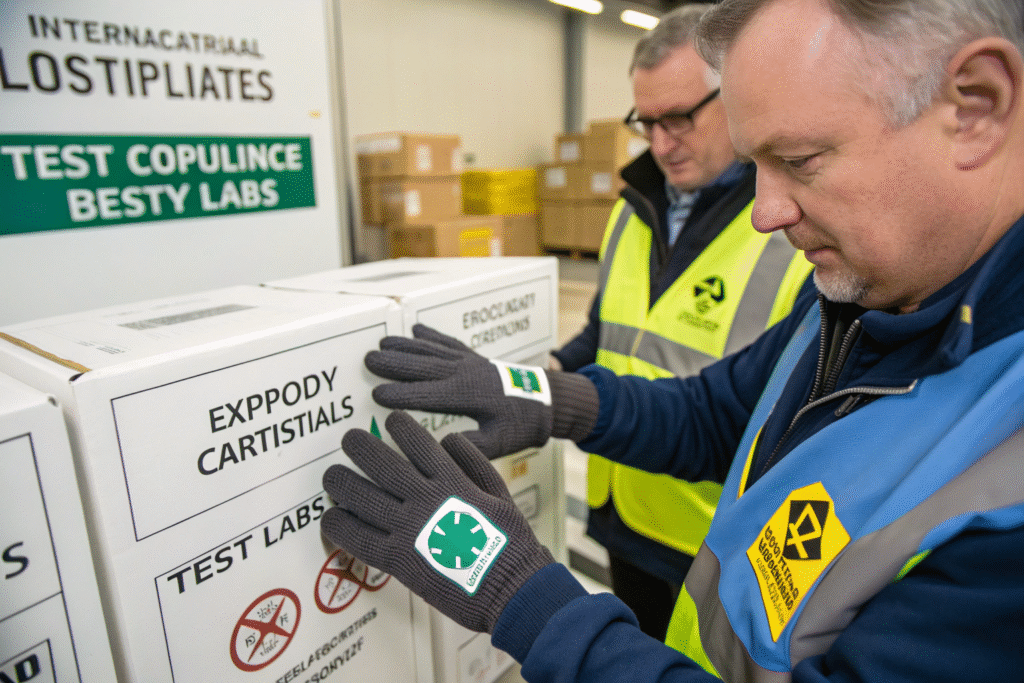
International Compliance
While ANSI/ISEA 105 is the U.S. standard, EN 388 governs the European market. Many suppliers in China provide dual certification to serve both regions. To understand how EN 388 compares, review the BSI EN 388 guide.
Sustainable Compliance
Sustainability is becoming part of compliance. Many European clients now require eco-friendly fibers and low-carbon production methods in addition to safety performance. Fabrics made from recycled HPPE or bio-based alternatives are gaining ground. For more insight, see Textile Exchange sustainability programs.
Conclusion
Sourcing ANSI/ISEA 105-2020 cut-resistant glove materials is about more than just finding fabric—it’s about ensuring compliance, safety, and long-term trust with your supply chain partners. From understanding cut levels and choosing the right fibers to verifying reliable Chinese suppliers and confirming international certifications, every step matters.
At Fumao Fabric, we combine over 20 years of textile expertise with a complete supply chain—from weaving and dyeing to coating and inspection—ensuring that every meter of cut-resistant fabric meets the highest standards. Our dedicated team helps international buyers streamline sourcing, reduce risks, and guarantee timely delivery.
👉 Ready to source high-quality cut-resistant fabrics? Contact Fumao Fabric today and let’s build a safer, more reliable future together.

